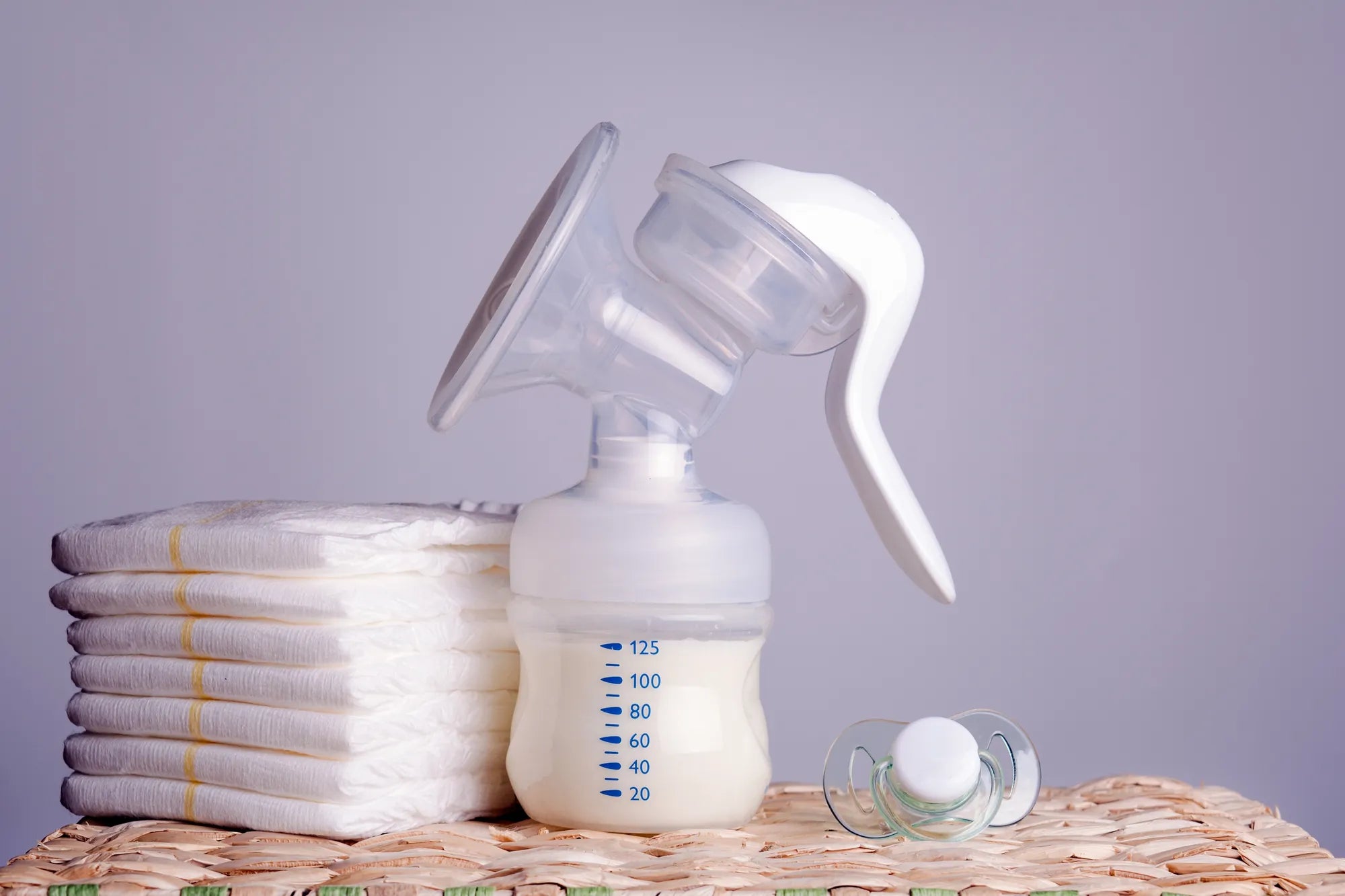Home
Pregnancy, Breastfeeding, and Pumping: The Ultimate Guide for Moms
Do We Need to Sterilize Breast Pump: A Comprehensive Guide

Do We Need to Sterilize Breast Pump: A Comprehensive Guide
When it comes to breastfeeding, ensuring the safety and hygiene of your breast pump is paramount. The question of whether we need to sterilize a breast pump is one that many new parents grapple with. The answer is a resounding yes, and this article will delve into the reasons why, the best practices for sterilization, and the potential risks of neglecting this crucial step.
Why Sterilization is Essential
Sterilizing your breast pump is not just a recommendation; it's a necessity. Breast milk is a perfect breeding ground for bacteria, and any contamination can pose serious health risks to your baby. Sterilization kills harmful bacteria, viruses, and other pathogens that can thrive in the nooks and crannies of your breast pump components. This process ensures that every drop of milk your baby consumes is safe and free from harmful microorganisms.
The Risks of Not Sterilizing
Failing to sterilize your breast pump can lead to a host of problems. Bacteria such as Staphylococcus aureus, Escherichia coli, and even mold can grow on pump parts that are not properly cleaned and sterilized. These pathogens can cause infections in both the mother and the baby, ranging from mild irritations to severe illnesses. In some cases, contaminated breast milk can lead to conditions like mastitis in mothers or gastrointestinal issues in infants.
Methods of Sterilization
There are several methods available for sterilizing breast pump parts, each with its own set of advantages and disadvantages. Here are the most common methods:
Boiling
Boiling is one of the simplest and most effective ways to sterilize breast pump parts. To do this, disassemble the pump and place the parts in a pot of boiling water for at least five minutes. Ensure that all parts are fully submerged. After boiling, allow the parts to air dry on a clean towel.
Steam Sterilization
Steam sterilizers are a convenient option for busy parents. These devices use steam to kill bacteria and other pathogens. Simply place the disassembled pump parts in the sterilizer, add water, and let the machine do the work. Most steam sterilizers complete the process in under 10 minutes.
Chemical Sterilization
Chemical sterilization involves using a sterilizing solution or tablets dissolved in water. This method is particularly useful for parents who are traveling or do not have access to boiling water or a steam sterilizer. After soaking the parts in the solution for the recommended time, rinse them thoroughly with sterile water to remove any chemical residue.
Frequency of Sterilization
How often should you sterilize your breast pump? The answer depends on several factors, including the age of your baby, your baby's health, and how often you use the pump. For newborns or babies with compromised immune systems, it's advisable to sterilize the pump after every use. For older, healthier babies, sterilizing once a day may be sufficient, provided that the pump parts are thoroughly cleaned after each use.
Cleaning vs. Sterilizing
It's important to distinguish between cleaning and sterilizing. Cleaning involves washing the pump parts with soap and water to remove milk residue and visible dirt. Sterilizing, on the other hand, involves killing bacteria and other pathogens that may not be visible to the naked eye. Both steps are essential for maintaining a hygienic breast pump. Always clean the parts before sterilizing them to ensure that the sterilization process is effective.
Expert Recommendations
Pediatricians and lactation consultants strongly recommend sterilizing breast pump parts, especially during the first few months of a baby's life. The immune system of a newborn is still developing, making them more susceptible to infections. As your baby grows and their immune system strengthens, you may be able to reduce the frequency of sterilization. However, it's always better to err on the side of caution and maintain a strict sterilization routine.
Traveling with a Breast Pump
Traveling with a breast pump can present challenges when it comes to sterilization. If you're on the go, consider using disposable breast pump parts or a portable sterilizer. Chemical sterilization tablets can also be a lifesaver when you're away from home. Always carry a clean, dry container to store sterilized parts and avoid contamination.
Common Mistakes to Avoid
Even with the best intentions, it's easy to make mistakes when sterilizing a breast pump. One common error is not disassembling the pump completely before cleaning and sterilizing. Milk residue can get trapped in small crevices, leading to bacterial growth. Another mistake is using a dirty towel to dry the parts after sterilization. Always use a clean, dry towel or let the parts air dry in a clean environment.
The Role of Hygiene in Breastfeeding
Maintaining proper hygiene is a critical aspect of breastfeeding. A clean and sterilized breast pump not only protects your baby from harmful bacteria but also ensures that your breastfeeding experience is as smooth and comfortable as possible. By following a consistent sterilization routine, you can focus on bonding with your baby without worrying about potential health risks.
Sterilizing your breast pump is a small but significant step in safeguarding your baby's health. With the right methods and a consistent routine, you can ensure that every feeding is safe and enjoyable. Don't underestimate the importance of this simple yet crucial practice—it's a vital part of your breastfeeding journey.
Share


